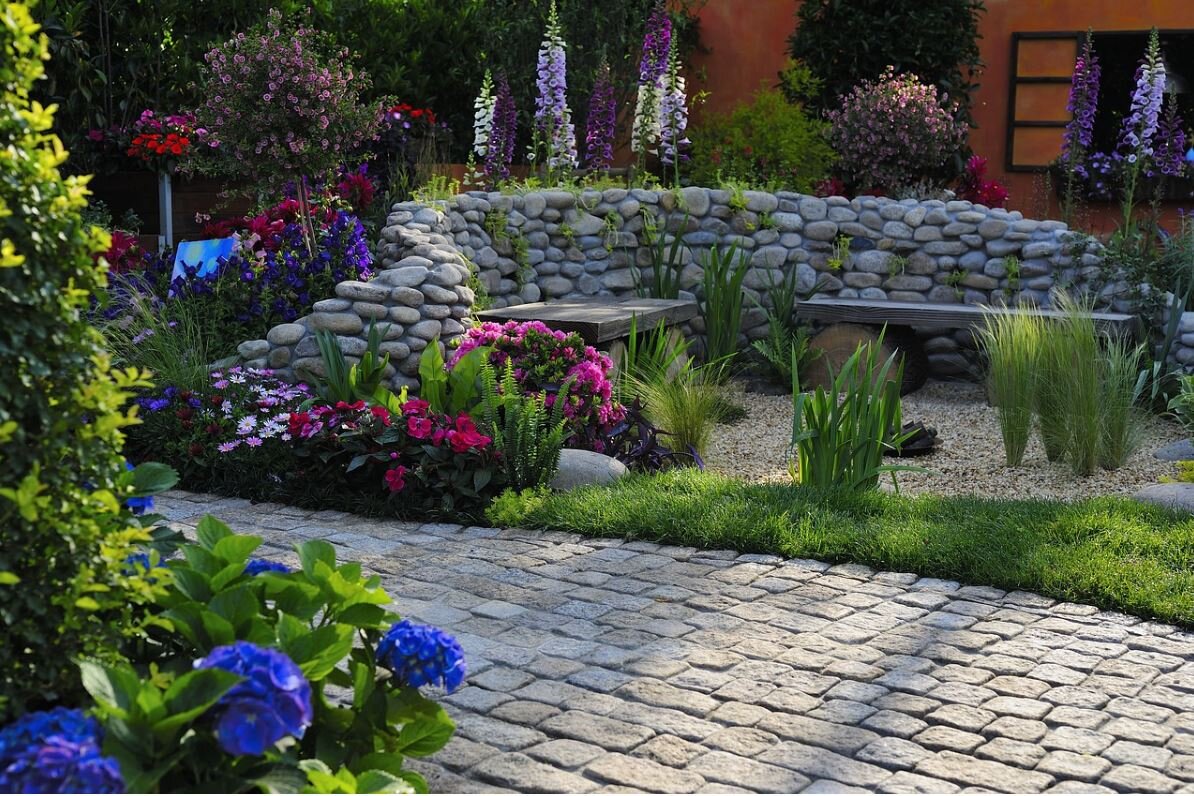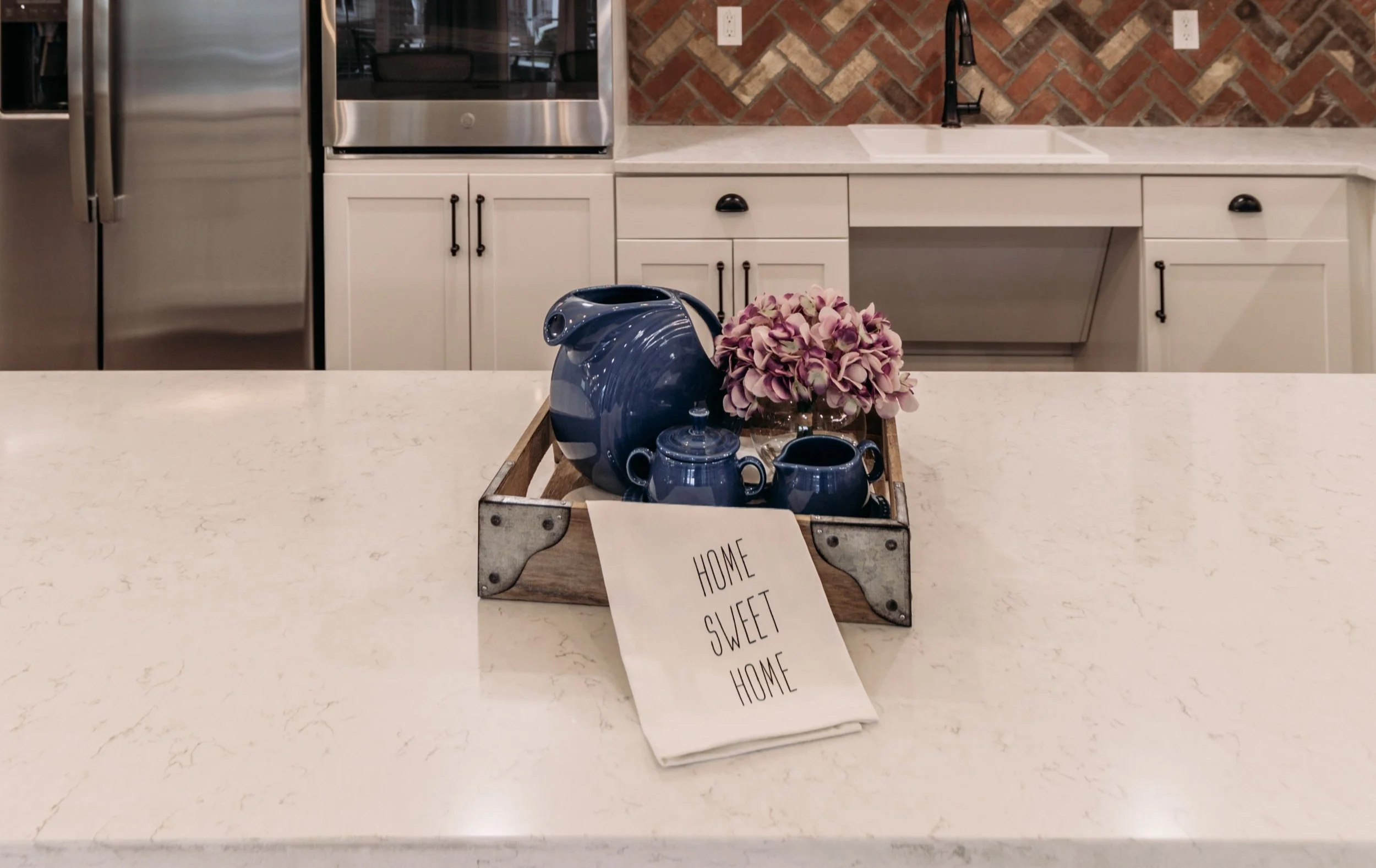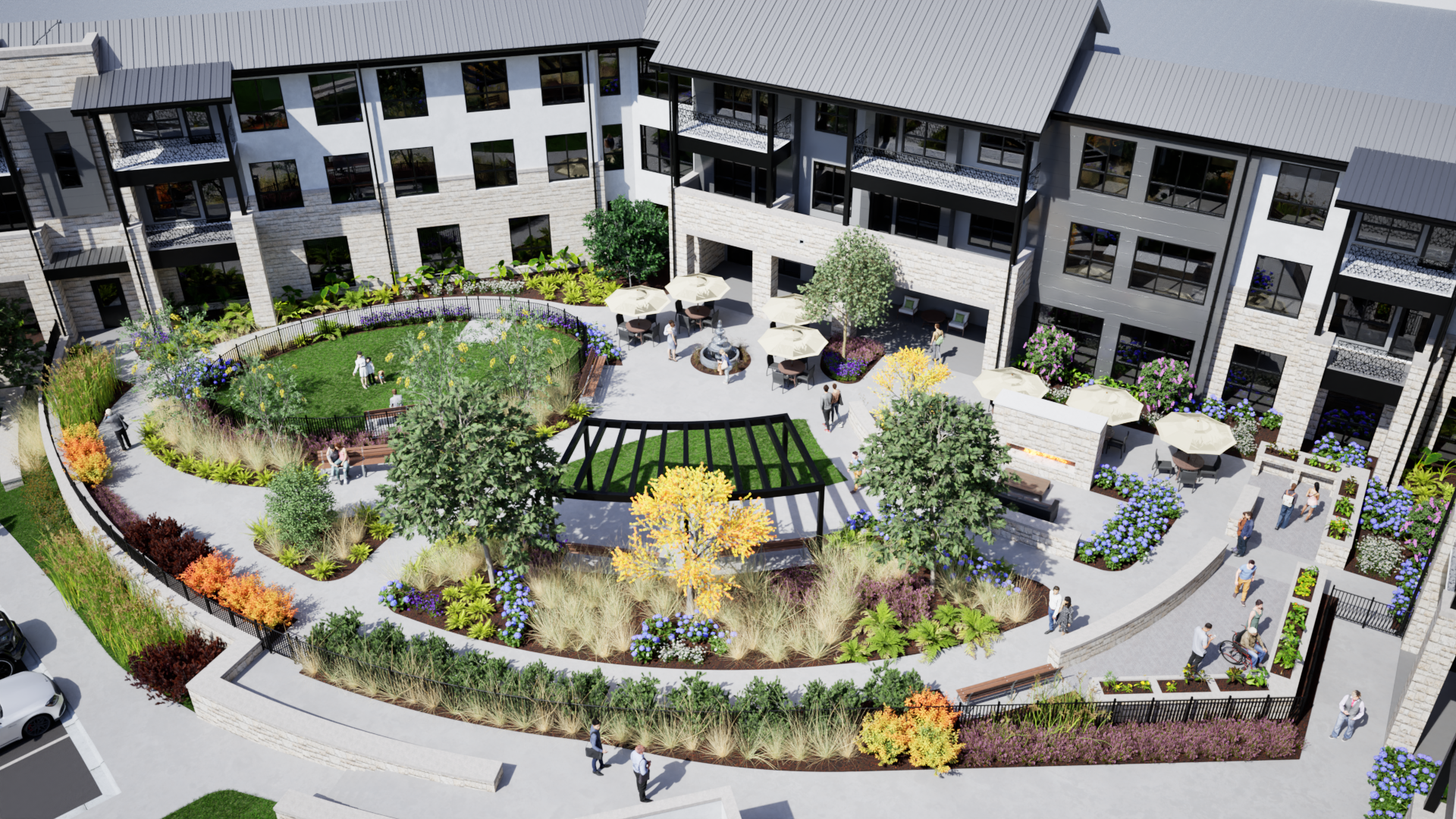The Great Outdoors Are Greater Than Ever
With the COVID-19 pandemic keeping people, especially those in senior living communities, in isolation and away from activities with friends and families, outdoors are an essential source of comfort, peace, and stress relief. Beautiful landscape architecture designed with residents in mind is more important than ever as a vastly appealing but relatively inexpensive community feature. As an extension of the living space, the grounds—including patios, parks, and paths--are an important part of residents’ home—the place where they seek quiet solitude, enjoy fresh air and sunshine, and engage in exercise.
There are many health benefits of outdoor spaces for residents. Numerous studies have documented the positive impact on stress, anxiety, and blood pressure. Gardening can help sharpen manual dexterity, upper body strength, and range of motion. And, of course, walking and cycling contribute to cardiovascular conditioning, muscle strength, and other benefits.
There is no one-size-fits-all landscape design. However, it should spark joy in residents, add to their sense of purpose, and give them a way to engage with the world around them. Effective landscape architecture:
Considers both physical capabilities and limitations of residents; and provides opportunities for both exercise and relaxation. For instance, have a path/track for those who want to walk or jog, but also have seating in quiet, shady areas for those who want to sit and reflect or read.
Includes gardens that engage residents on their terms and address different needs/interests. A meditation garden can give people an opportunity to sit and think. A working garden is important for those who enjoy digging, planting, and the physical aspects of yard work. Either way, gardens can give residents a sense of purpose, contributing, and belonging.
Integrates with the indoor space via elements such as patios, porches, and courtyards that residents can access easily from their apartments, dining halls, and common areas.
Considers the safety of residents, with clear paths, good lighting, lack of steep inclines, and benches/seating at regular intervals.
Takes into account elements such as the sun, wind direction, trees, and topography to optimize building layout and flow.
From entering the site to the orientation of building and outdoor spaces through the courtyards and quiet retreats, Pi Architects’ Landscape team brings together natural elements that add beauty and purpose to the community design. We believe that landscape architecture brings out the best of communities so that residents may enjoy watching the sunset over the community pond or taking walks on pathways that energize and improve wellness. Our team balances site constraints, zoning requirements, architectural guidelines, natural features, and other site opportunities to create designs that beautify and add value to the community.
Ultimately, your landscape architecture should be congruent with your brand and the personality of your community and its residents; and it should realize residents’ needs for social and natural connections. Have questions or want more information? Contact Sam Swinbank at Pi: 512-231-1910 or sam@piarch.com.
















